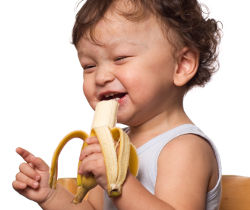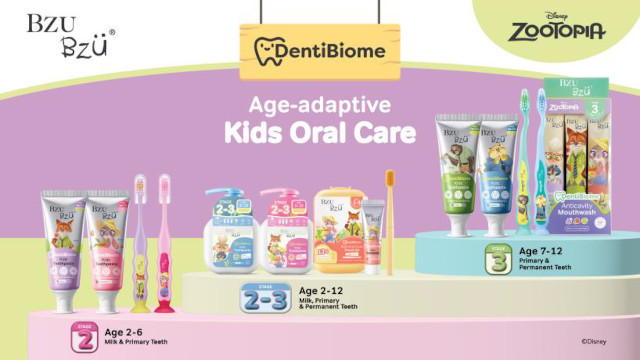Once your child starts eating solid food, the number of snack items available on the supermarket shelf can be overwhelming. Which one, if any, is suitable for my child? Is it too high in salt, sugar or fat? Does it contain nutrients that will benefit my growing child? These are all valuable questions to ask yourself.

Snacks are an important part of a growing child’s diet as their stomachs are too small to fit all the nutrients they need into three meals. Small, frequent meals and snacks should be offered to young children, each one containing essential nutrients to fuel their growth and development. It’s a good idea to stick to set times for your infant’s snacks rather than allowing them to graze between meals.
From the age of around 7 months, soft finger foods should be offered, then move on to harder foods between 9 and 12 months old. After the age of 1, children should really be eating similar foods to the rest of the family.
Try to choose snacks that will be offering protein, calcium or vitamins and minerals rather than empty calories.
The following are some good examples:
- fruit cut up into pieces, such as banana, watermelon, pear, mango, papaya
- plain full-fat yoghurt with berries
- fruit smoothie made with milk, yoghurt and fruit
- bite-sized vegetables, such as cherry tomatoes, thinly peeled cucumber, steamed broccoli/sweet potato/pumpkin/carrots
- small pieces of cheese
- plain, unsalted crackers
- toast fingers with avocado or hummus
- homemade wholemeal pikelets
- plain bread sticks
If you would like more ideas on healthy ways to feed your child, contact The Travelling Dietitian at vanessa@thetravellingdietitian.com
If you find this article useful, do click Like and Share at the bottom of the post, thank you.
Like what you see here? Get parenting tips and stories straight to your inbox! Join our mailing list here.














































